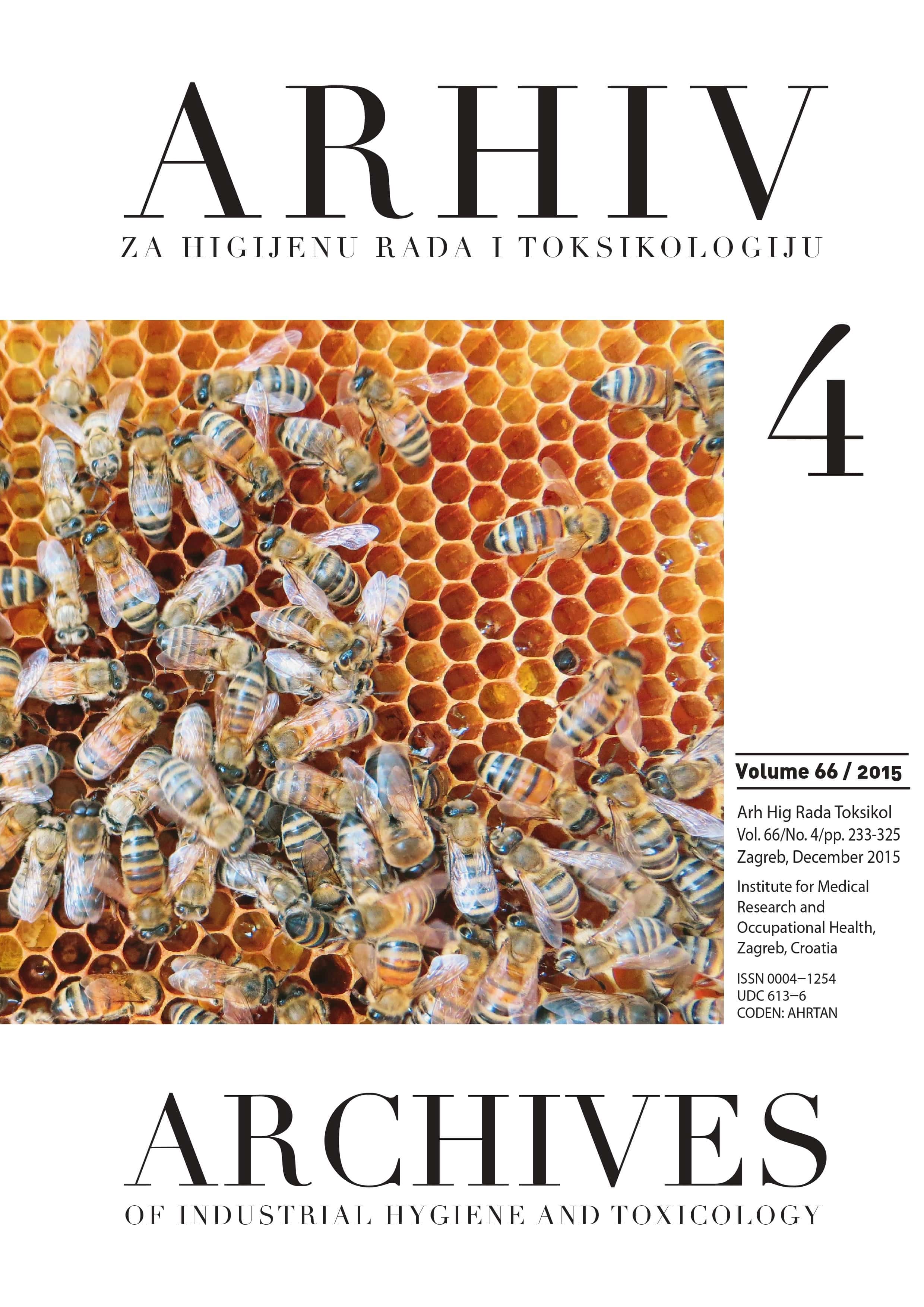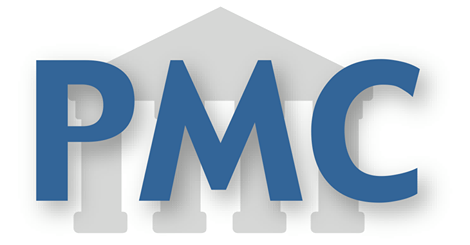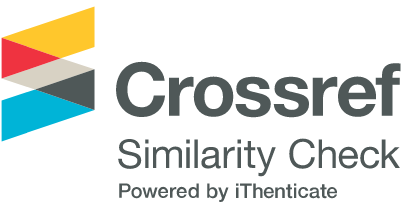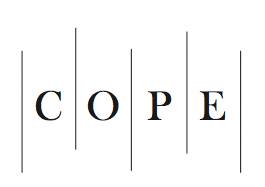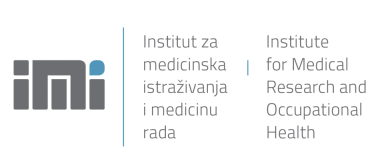A suggestion for royal jelly specifications
DOI:
https://doi.org/10.1515/aiht-2015-66-2651Keywords:
10-HDA, fructose, glucose, Greece, international guidelines, IHC, ISO, moisture, national standards, sucrose, sugar, total proteinsAbstract
This article proposes guidelines for quality standards of royal jelly. The proposals are based on two sets of data; the first from our study of the factors that may affect the royal jelly's chemical composition (protein and sugar supplementation of beehives) and the second on the analysis of a great number of samples from across Greece to establish natural variability of this product. We compared our findings with the adopted national limits, the proposals of the working group of the International Honey Commission (IHC), and the draft proposal of the International Organization of Standardization (ISO). The studied parameters included moisture, total proteins, sugars (fructose, glucose, sucrose, total sugars), and 10-hydroxy-2-decenoic acid (10-HDA). Our results indicate that the limits for royal jelly in some countries should be amended and the proposals of the IHC and the ISO reviewed in view of recent data on variability. We believe that our proposals could be considered for setting global standards for royal jelly, as they incorporate national legislations, proposals of scientific groups, experimental data, and updated information.Downloads
Published
01.12.2015
Issue
Section
IHC section - Original articles
How to Cite
1.
Kanelis D, Tananaki C, Liolios V, Dimou M, Goras G, Rodopoulou MA, et al. A suggestion for royal jelly specifications. Arh Hig Rada Toksikol [Internet]. 2015 Dec. 1 [cited 2025 Dec. 16];66(4). Available from: https://arhiv.imi.hr/index.php/arhiv/article/view/369

